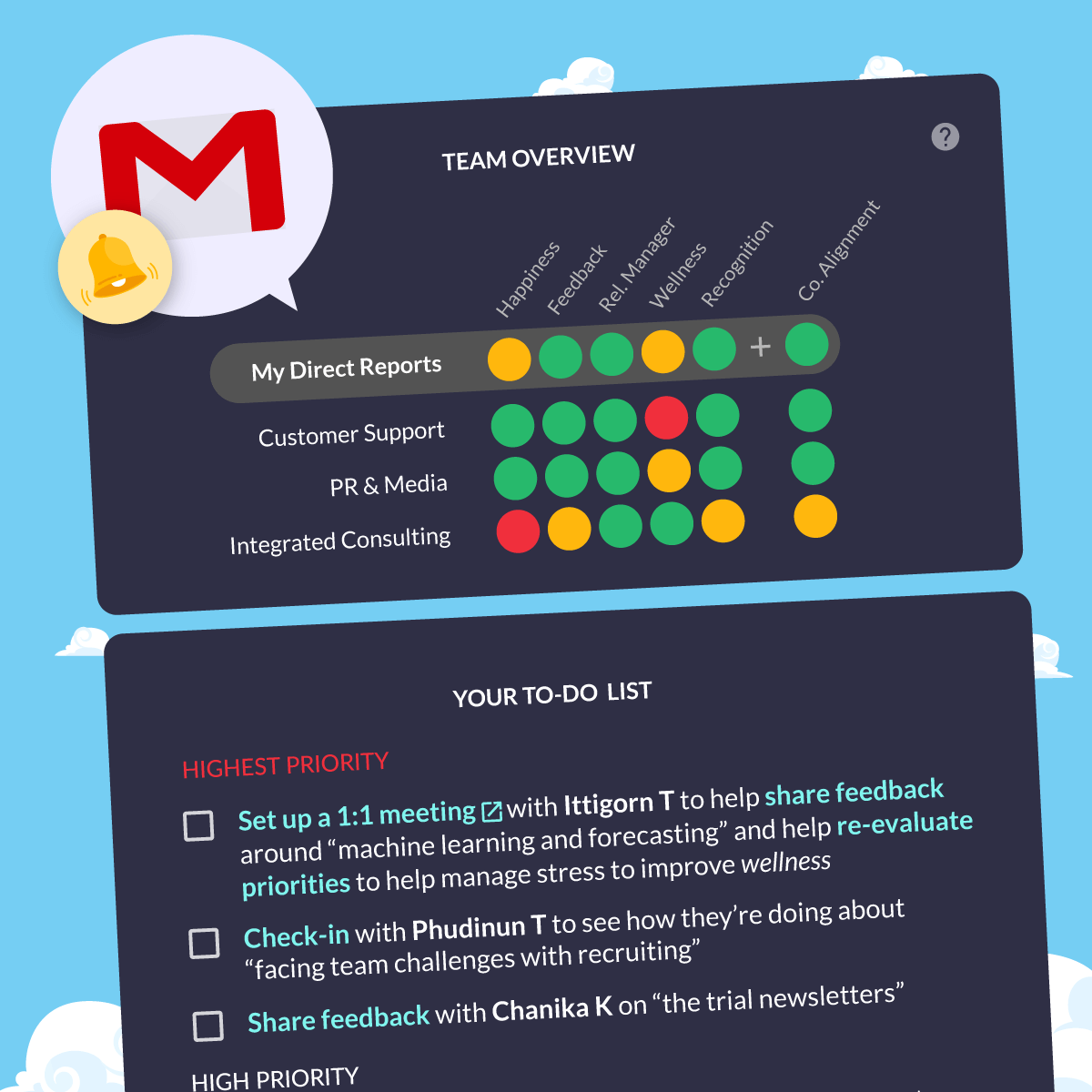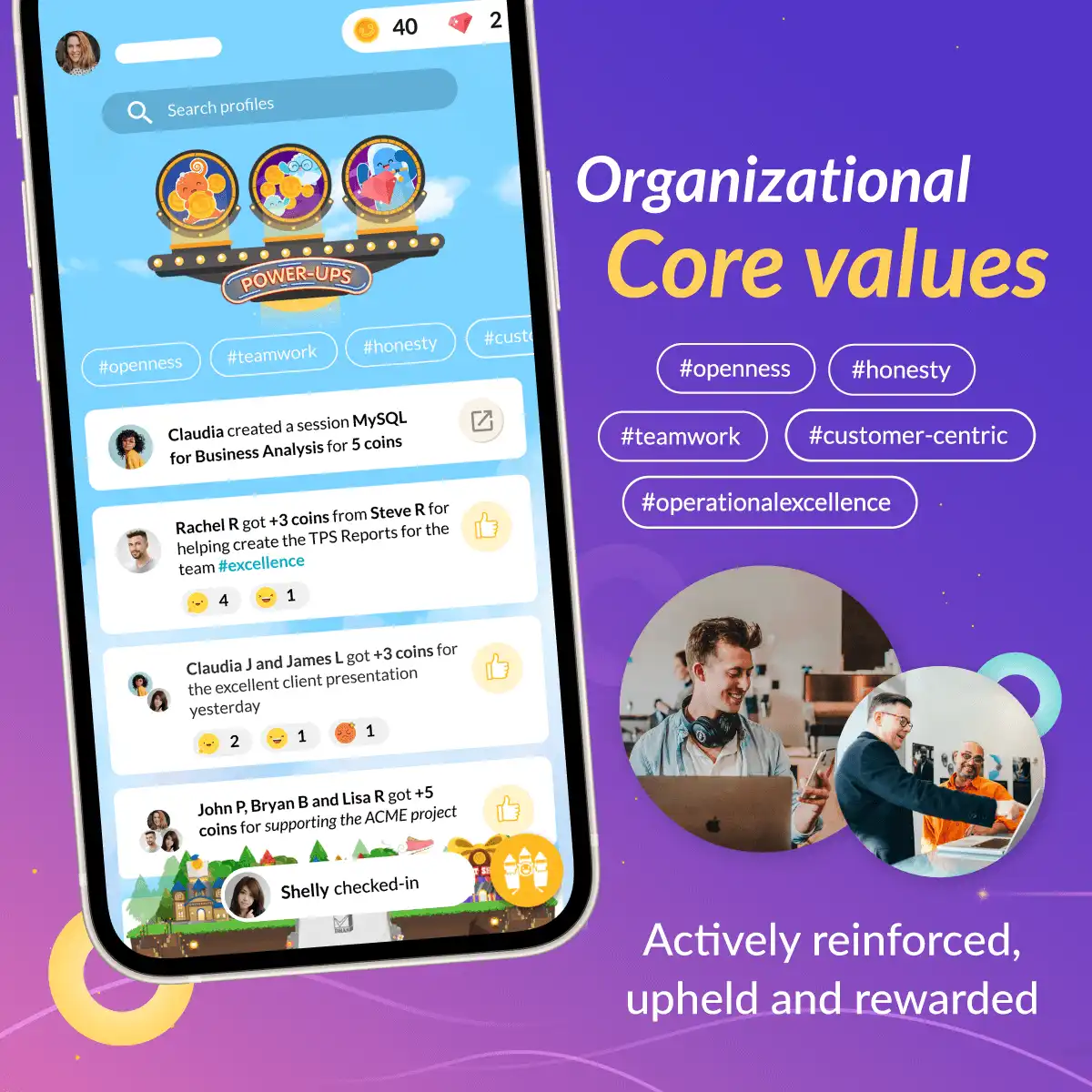As a business leader, you are no stranger to the importance of a productive and motivated workforce. But with the increasing demands of the modern workplace, it's becoming more common for employees to experience burnout and cognitive dissonance. These issues can lead to decreased productivity, increased absenteeism, and high turnover rates, all of which can negatively impact your bottom line.
By understanding the connection between cognitive dissonance and burnout and taking steps to address these issues, you can create a workplace environment that is supportive, positive, and productive. In this article, we will explore the nature of cognitive dissonance and burnout, provide examples of how they can manifest in the workplace, and offer practical recommendations for resolving these issues.
What is Cognitive Dissonance?
Cognitive dissonance is a psychological theory that refers to the mental discomfort experienced by a person who holds two or more conflicting beliefs, ideas, or values. It occurs when a person's beliefs or actions are inconsistent with one another, causing feelings of tension, confusion, and discomfort. For example, if someone values honesty but smokes cigarettes despite knowing the harm it causes, they are experiencing cognitive dissonance because their beliefs and actions are in conflict.
What is Burnout?
Burnout is a state of physical, emotional, and mental exhaustion that can result from chronic stress. It is often seen in high-pressure work environments and can lead to feelings of hopelessness, detachment, and decreased productivity. Burnout can result from a variety of factors, including work overload, lack of control, and a lack of support. If left unaddressed, burnout can have serious consequences for an individual's well-being and performance.
Examples of Cognitive Dissonance in the Workplace
There are many ways that cognitive dissonance can manifest in the workplace, leading to burnout. Here are a few examples:
- Value conflict: An employee who values work-life balance may struggle with a job that demands constant long hours, causing guilt, frustration, and burnout.
- Ethical dilemmas: A worker who deems their company's practices unethical but stays for financial reasons can experience discomfort and burnout due to conflicting personal values and actions.
- Role ambiguity: Conflicting role expectations in the workplace can create confusion and stress, such as an employee being asked to perform tasks outside their job description, resulting in frustration and burnout.
- Conflicting goals: Workers may face opposing objectives, like increasing productivity while prioritizing employee well-being, leading to stress and burnout due to the inherent conflict.
Contributing to the Rise of Toxic Behaviors
Cognitive dissonance can also contribute to toxic behaviors in the workplace. When individuals experience conflict between their beliefs and actions, they may resort to unhealthy coping mechanisms to reduce the discomfort they feel. This can include engaging in toxic behaviors such as:
- Blaming others: An individual may blame their coworkers or superiors for their discomfort, rather than taking responsibility for their own conflicting beliefs and actions.
- Gossiping: An individual may engage in negative gossip or spread rumors about others in an attempt to reduce the tension they feel.
- Avoidance: An individual may avoid situations or people that trigger their dissonance, rather than addressing the conflict head-on.
- Aggression: An individual may become aggressive or hostile towards others in an attempt to reduce the discomfort they feel.
These toxic behaviors can have a significant impact on the work environment and the well-being of employees. They can lead to a decrease in morale, increased stress, and decreased productivity. Additionally, they can create a toxic work culture that is harmful to employees and detrimental to the success of the organization.

Insights for managers that help understand team well-being and identify toxic behaviors
Recommendations for Resolving Cognitive Dissonance and Preventing Burnout
Fortunately, there are steps that employees and employers can take to resolve cognitive dissonance and prevent burnout. Here are a few recommendations:
- Clarify values and beliefs: Take the time to reflect on personal and organizational values and beliefs. This can help identify areas where thoughts and actions are in conflict, and give a starting point for resolving the dissonance.
- Re-evaluate beliefs and attitudes: Consider whether beliefs and attitudes are still accurate and relevant. If not, modify them to better align with values and actions.
- Seek information: Gather information to better understand the situation and reduce uncertainty that may be causing the dissonance.
- Change behavior: Consider changing behavior to better align with values and beliefs. This may involve changes at work or in personal life.
- Seek support: Talk to someone trusted, such as a friend, family member, or therapist, about conflicting thoughts and feelings. They may offer a different perspective and help resolve the dissonance.
- Practice self-care: Take care of physical and mental health. This can help reduce stress and increase ability to cope with difficult situations.
In conclusion, cognitive dissonance and burnout are serious issues that can impact individuals and organizations alike. As a business leader, you have the power to make a real difference in the lives of your employees. Imagine one of your employees, Sarah, who is passionate about innovation and constantly seeking new solutions to challenges. But in her current work environment, experimentation is discouraged and failure is not embraced. This is causing Sarah to experience cognitive dissonance and feelings of frustration and disillusionment.
By taking action to address these issues, you can help Sarah and others like her unleash their full potential. You can create a workplace that encourages experimentation, embraces failure, and fosters a culture of innovation and creativity. And by doing so, you can not only unleash the full potential of your employees, but also increase the competitiveness and success of your business.
The time to act is now. Don't let burnout and cognitive dissonance take hold in your workplace. Invest in the well-being and satisfaction of your employees and create a positive and productive environment for all. The benefits for your employees, your business, and society as a whole are immeasurable.











